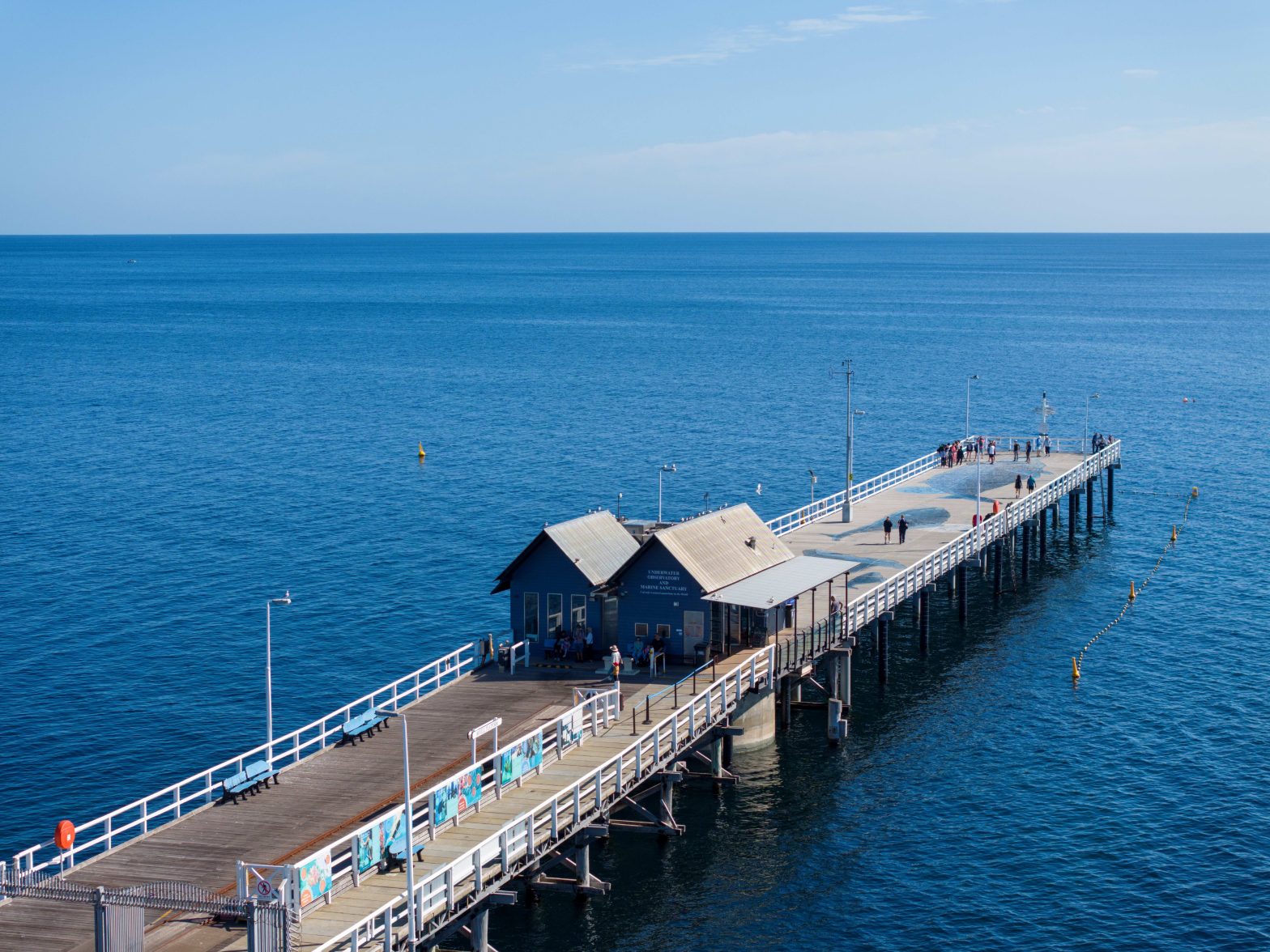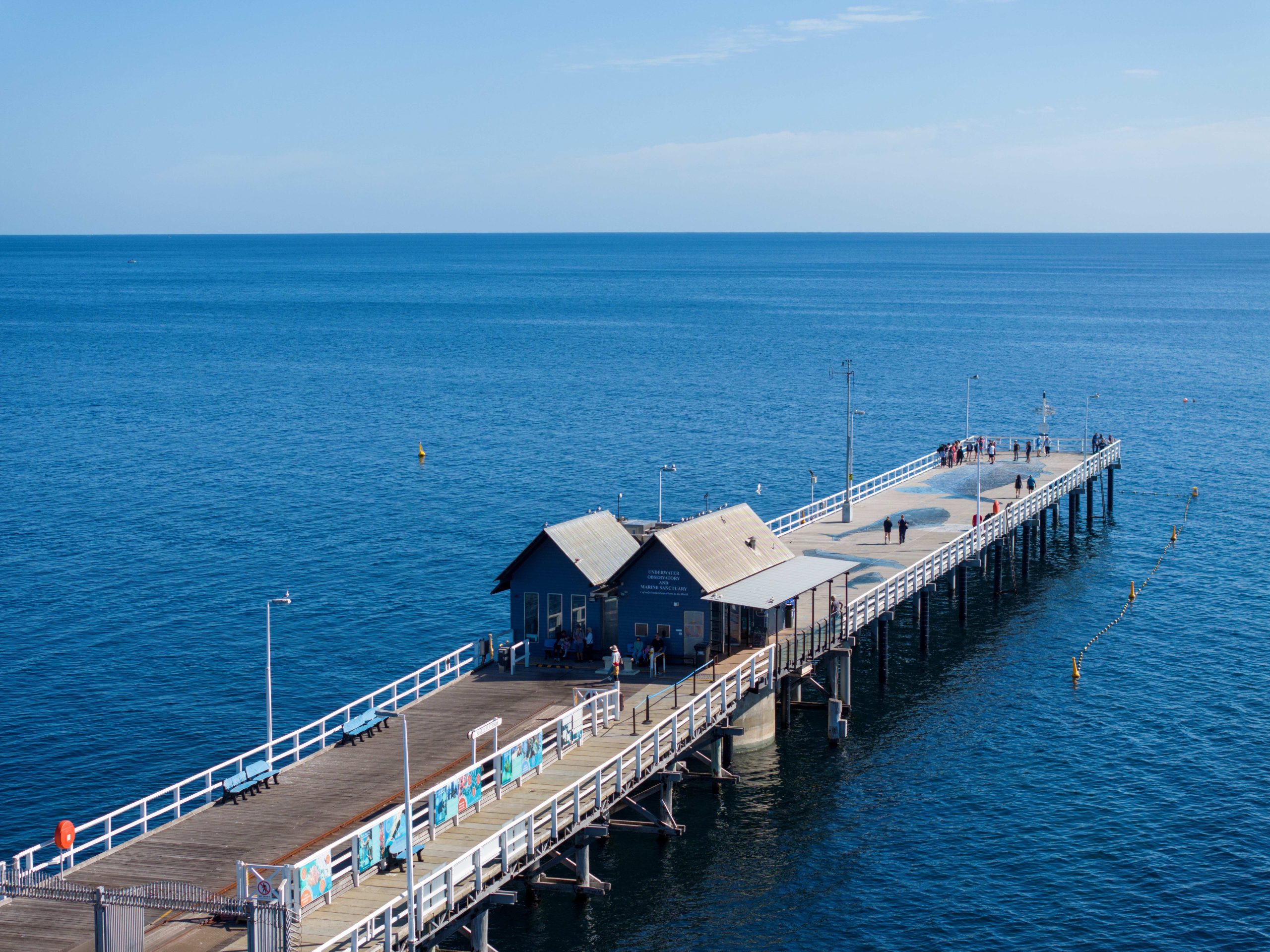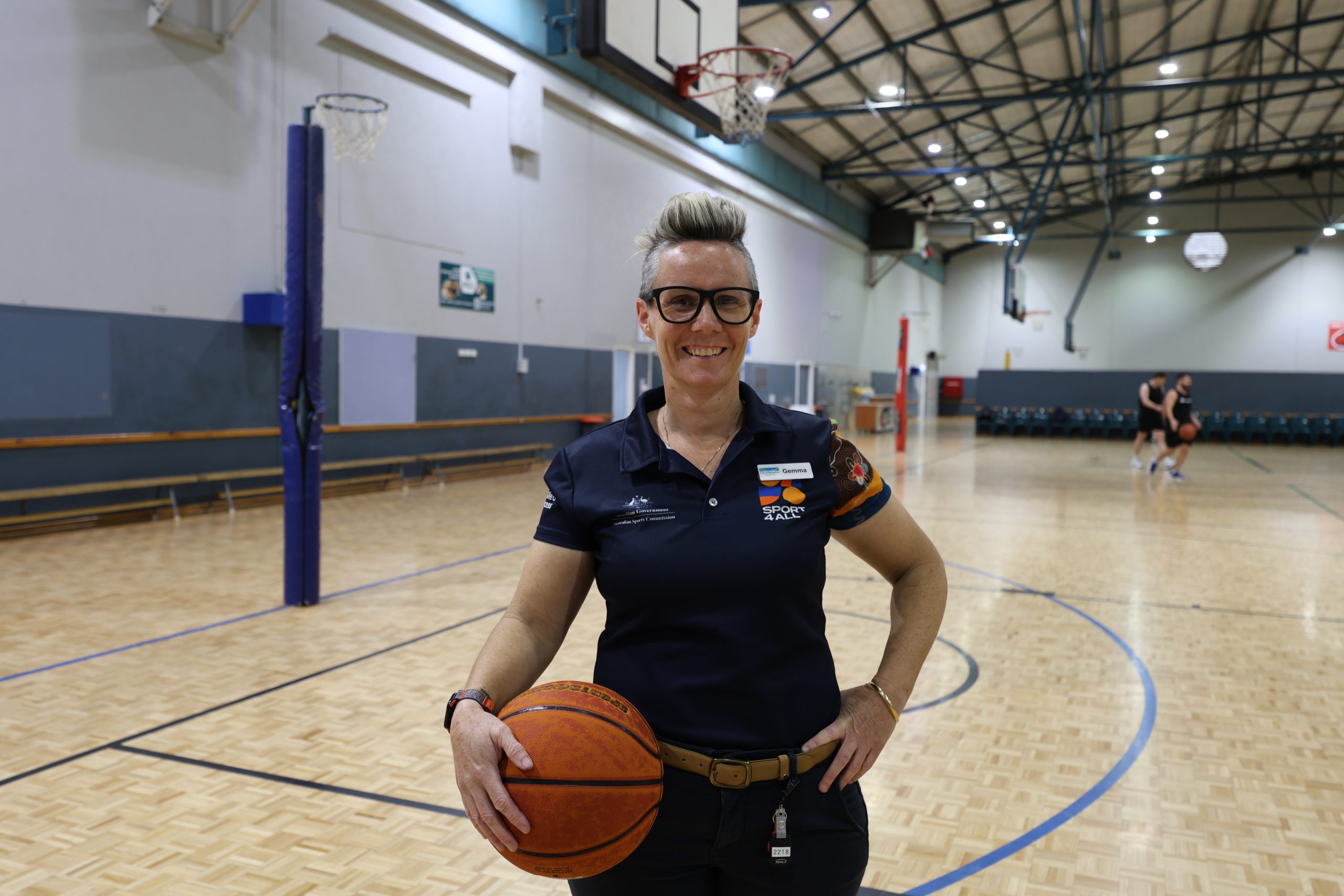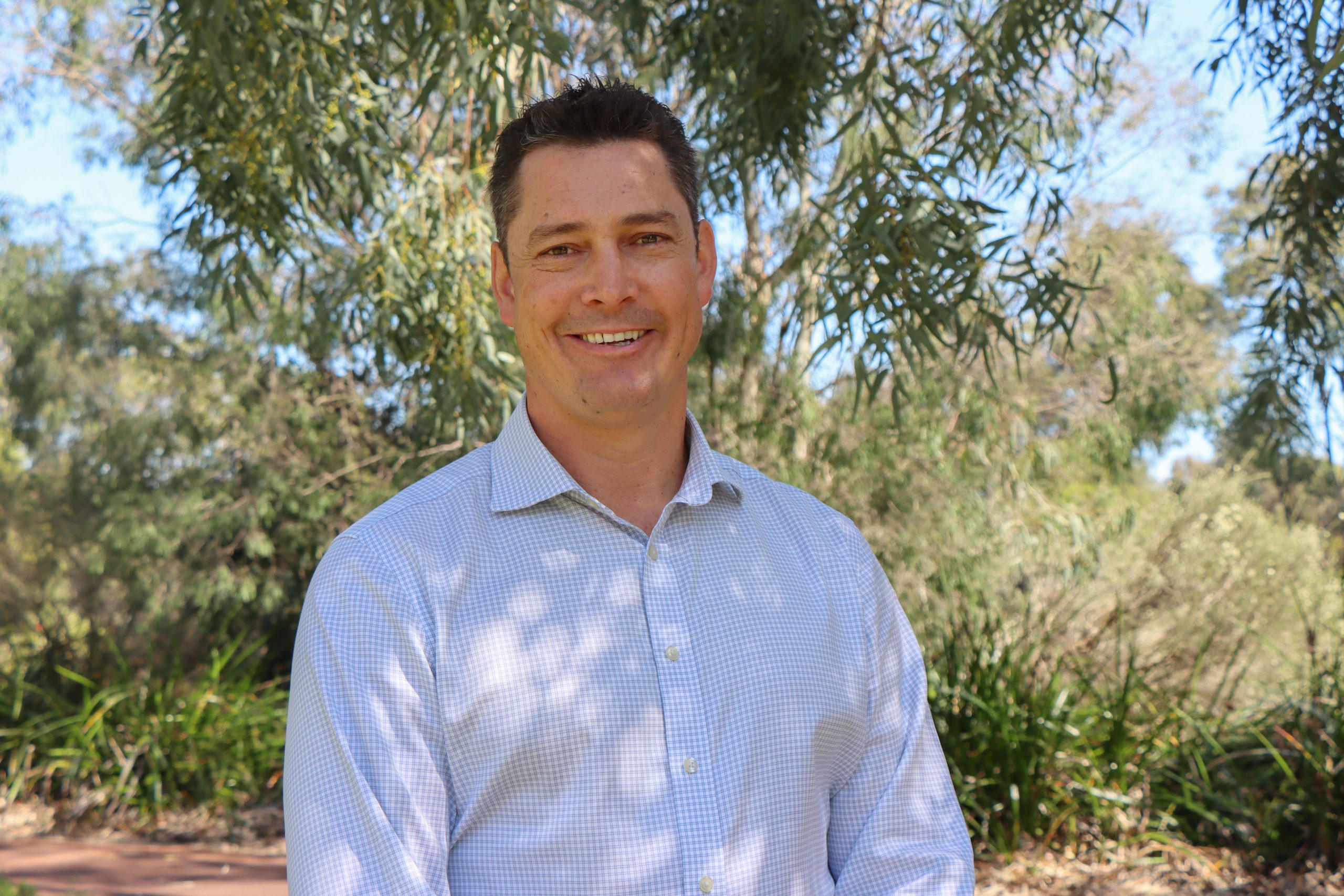Wooditjup Bilya conservation project scores grant
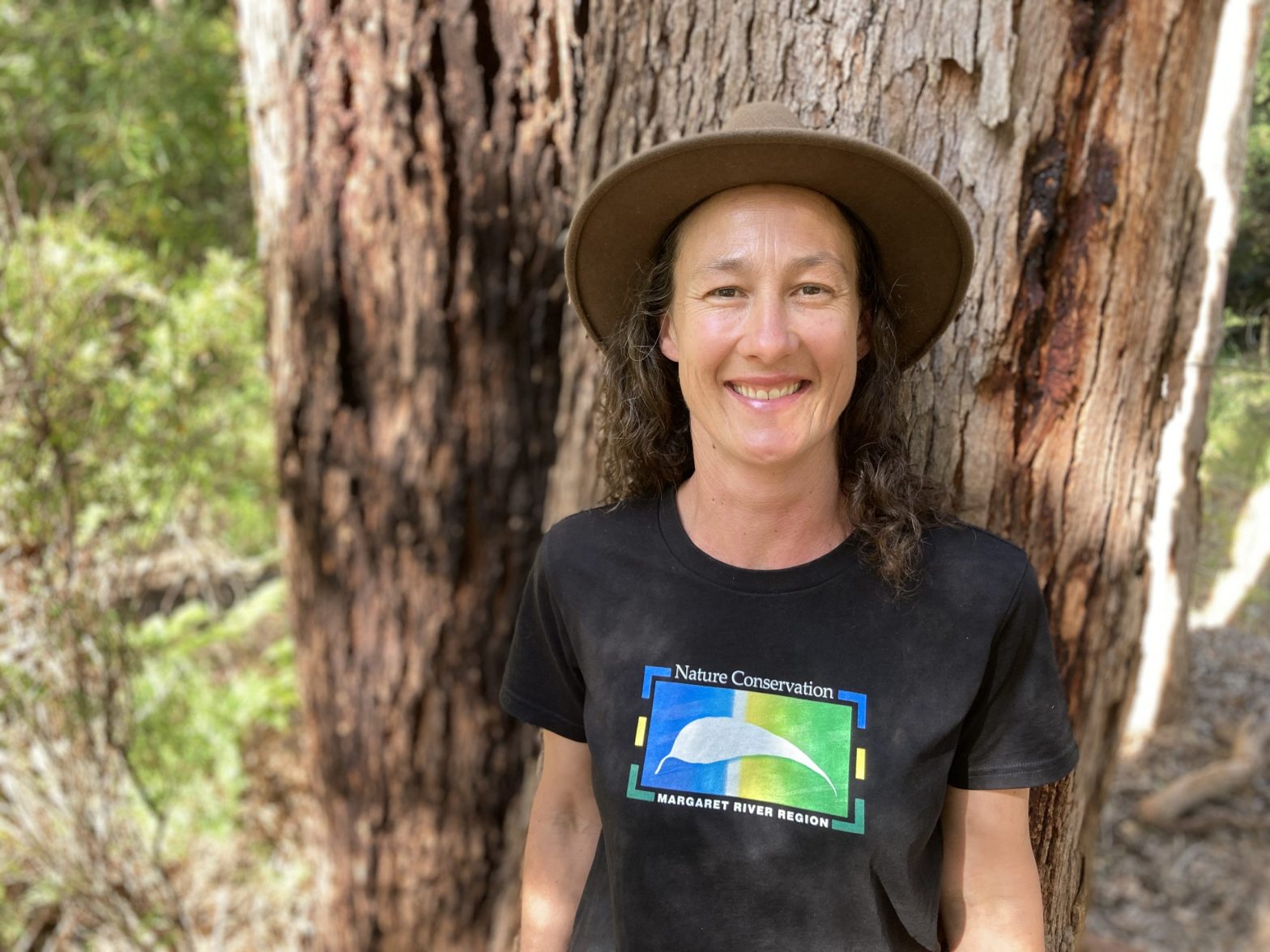
Nature Conservation's Cass Jury welcomed the announcement of the grant, which will allow for ongoing research, on-ground work and community engagement around the Margaret River. Image supplied.
There is good news for the Margaret River – or Wooditjup Bilya – after Nature Conservation Margaret River Region was successful with a new grant to boost the understanding and health of the waterway.
Last week, the region’s peak conservation group announced it had won a large grant over four years from The Ian Potter Foundation, a national foundation supporting charitable and not-for-profit groups working to benefit the community across a wide range of sectors and endeavours.
The ‘Protect Wooditjup Bilya’ project includes funding for research, on-ground work like fencing and weed control, and community engagement.
It will also help coordinate the efforts of agencies and organisations working in the Margaret River catchment, and fund a review of existing research to identify gaps in knowledge.
In coming months, there will be community-focused initiatives including a planting day with speakers at a rehabilitation site in Rosa Brook to promote sustainable practices to benefit the ecosystem and the community.
“Our project aims to use up-to-date research and proven methods to protect the biodiversity of the Wooditjup Bilya catchment,” Nature Conservation’s programs manager and biodiversity officer Cass Jury said.
“Wooditjup Bilya is so important from a cultural, social and environmental perspective. It’s also one of the most important conservation priority areas for freshwater fish and crayfish in the south-west region.
“The south-west of WA is identified as a global drying hotspot with rainfall down 20 per cent since 1970, and the impact on stream flows and groundwater recharge is drastic. Last summer was a wake up to us all about how serious this is for our area.
“At this time of year when our river pools – which are the last refuge for many animals – are getting low and plants are ready for rain, we need to do what we can to keep water in our system, water quality healthy and minimise impacts on the fragile plants that grow near our river.”
Associate Professor Stephen Beatty, deputy director for the Centre for Sustainable Aquatic Ecosystems at Murdoch University, has given several talks on the river and described the Margaret River as the “jewel in the crown” of the region.
“Freshwater ecosystems occupy a tiny fraction of the Earth’s surface but hold exceptional levels of biodiversity,” he said. “And south-western Australia houses the highest proportion of endemic fish in Australia, which are known to be great consumers of nuisance midge and mosquitos.
“Unfortunately, we have the highest proportion of threatened endemic fishes in the country due to habitat decline, invasive species and an ongoing severely drying climate. We need to better appreciate these wonderful animals and do more to help address the multiple threats they face.”
Ian Potter Foundation chief executive Paul Conroy said the foundation was particularly impressed by Nature Conservation’s proactive and inclusive strategy.
“Protect Wooditjup Bilya has a forward-looking approach, blending scientific research and stakeholder engagement including grassroots community involvement,” he said. “The concept of protecting intact but threatened ecosystems shows great foresight. This, combined with strong collaborative support from a range of delivery partners, including local and state government agencies, means this project has the potential to serve as an excellent model.”












